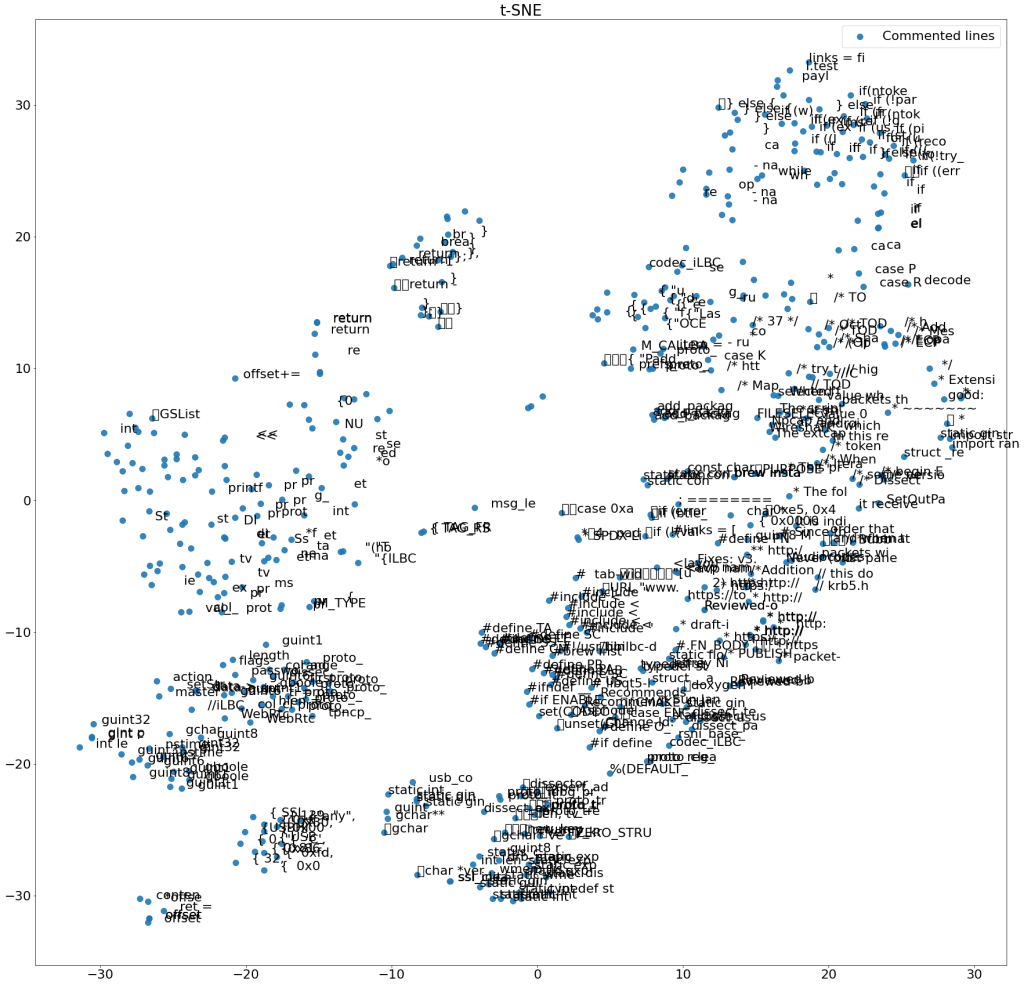
CoditT5: Pretraining for Source Code and Natural Language Editing (pengyunie.github.io)
I’ve written about programming language models before, and it is no secret that I am very much into this topic. I like the way in which software engineering evolves – we become a more mature discipline and our tools become smarter by the hour (at least that’s how it feels).
This paper presents a new language model that is capable of doing code edits, i.e., such things as bug fixes. The model is essentially a transformer with an architecture that has been published before. However, the strength of this model is in the way in which it is trained. It uses so-called edit plans to train the model to change the input code, rather than to complement it.
The difference may not sound like much, but it is significant. The existing models are trained to complete code sequences and therefore they are very good in generating code. However, when given a code that does not require any generation, they tend to copy the input sequence to the output sequence. Well, not very useful that is.
Thanks to this new way of training, the model is able to edit code, remove defects, address review comments and so on. Yes, address review comments, this is not a joke. I sincerely believe that we can use this in practice in our tools one day.
At the moment, you can find the code for this model here: GitHub – EngineeringSoftware/CoditT5: Code and data for “CoditT5: Pretraining for Source Code and Natural Language Editing” in ASE 2022.








